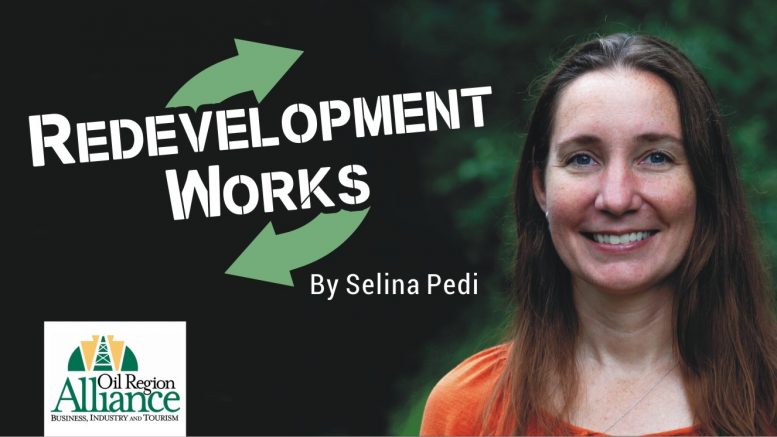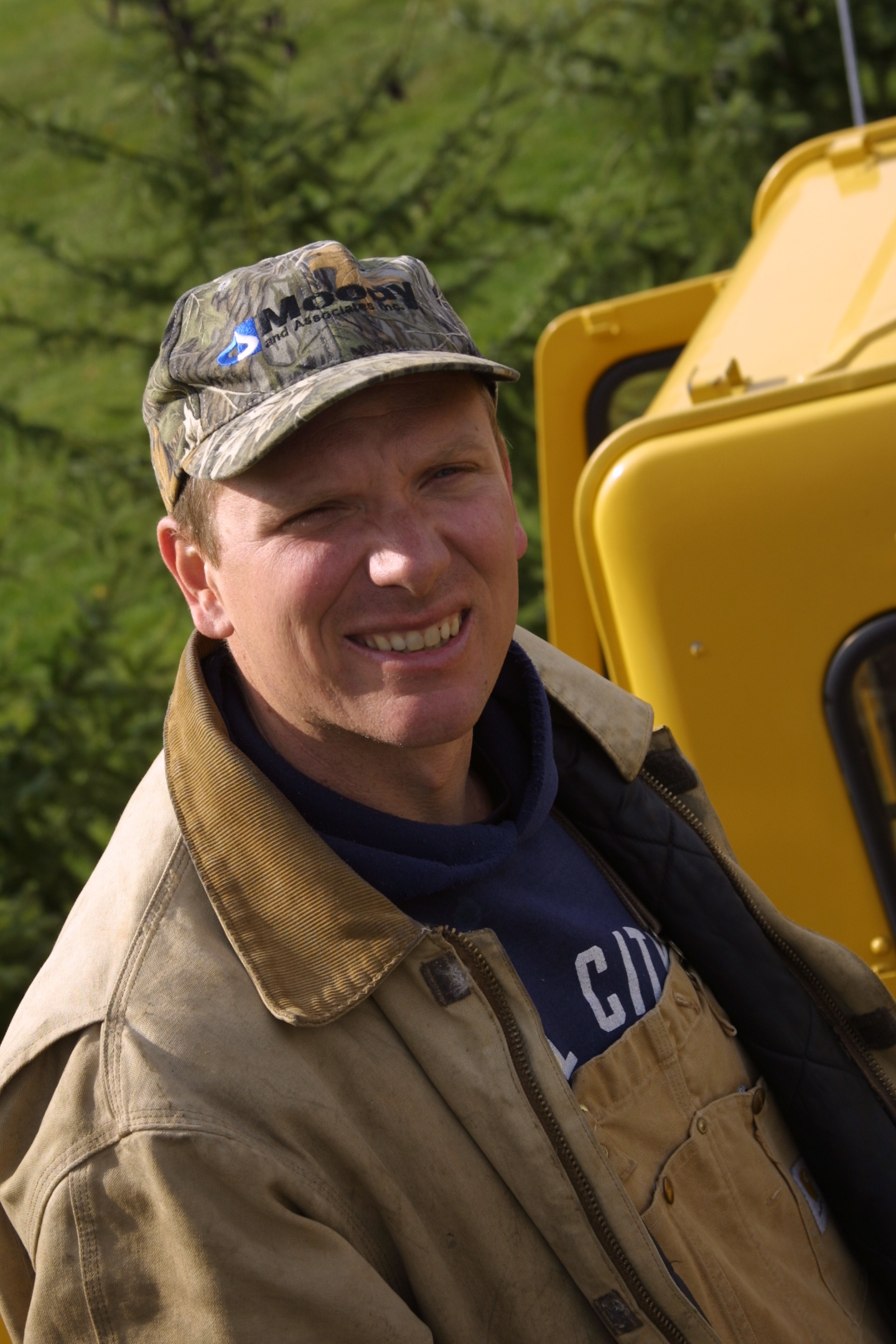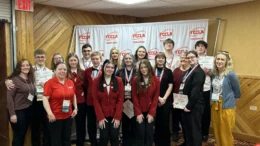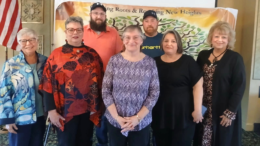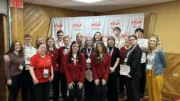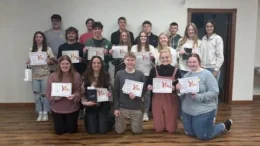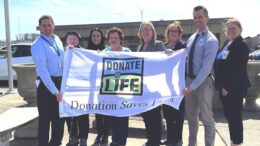When the ORA acquired the former Fuchs property in Emlenton, we were fortunate to partner with the skilled Environmental Engineering team at Moody & Associates. With their decades of experience in brownfield work, the Meadville-based firm has been helping us document and plan a remediation strategy to clean up the heavy metals, volatile organic, and semi-volatile compounds on the site. Principal Geologist Mark Moody recently sat down and gave some professional insight on the process and its benefits.
What was the benefit of the ORA acquiring the site and addressing these environmental legacy issues?
The Pennsylvania Department of Environmental Protection (PADEP) created the Land Recycling and Environmental Remediation Program Standards Act, commonly referred to as “Act 2”, which provides financial and liability incentives to nonprofit organizations to encourage the cleanup and reuse of contaminated sites such as this. The US Environmental Protection Agency (EPA) also encourages this type of redevelopment with their various Brownfields grant programs, because it enables productive reuse of industrial sites, stimulates economic growth, and reduces the development of virgin green spaces. At the conclusion of the Act 2 process, relief of liability is afforded to the ORA and any future owners.
How is the goal of remediation and redevelopment achieved?
The site will be entered into the Act 2 program. This program has three cleanup standards that can be met: Background Standards, in which contamination migrating onto the site from an offsite source is removed or eliminated; Statewide Health Standards, which is the elimination or reduction of onsite contamination to within set limits; and Site-Specific Standards, which allow the property owner to develop cleanup levels unique to the site. This often includes engineering or institutional controls to reduce or eliminate risk. The potential exists that the ORA may elect to use all three standards at the Fuchs site.
What work will need to be completed to achieve this goal?
Once a site is entered into the Act 2 program, site remedial investigation work begins. This is where we collect samples such as soil, groundwater, vapor, sediment, and surface water samples and evaluate this data against standards. We are currently at this stage.
As part of investigation work, we evaluate ecological receptors to ensure there are no impacts to species or habitats of concern on or around the site. We conduct fate and transport analysis to determine the path contaminants may take. All information is used to develop a conceptual site model to visualize what contaminants are doing at the site, which will help in determining if data gaps exist, if additional data is needed, and help determine if a site-specific risk assessment report is warranted. Information will be compiled into a Remedial Investigation Report prepared for the site.
A site-specific risk assessment report may need to be developed if human and/or ecological exposure pathways exist. A site-specific cleanup plan may need to be developed for the site if exposure pathways exist. Ultimately an Act 2 Final Report will be submitted to PADEP requesting liability protection.
Moody & Associates has successfully taken hundreds of sites through the Act 2 Program. Mark Miller, P.G., is an Oil City native with 32 years of environmental experience and is the principal consultant with ORA on this project.
Selina Pedi is the Oil Region Alliance redevelopment manager. She can be reached by email at spedi@oilregion.org.

